Turkey's Cappadocia – a truly fairytale landscape
-
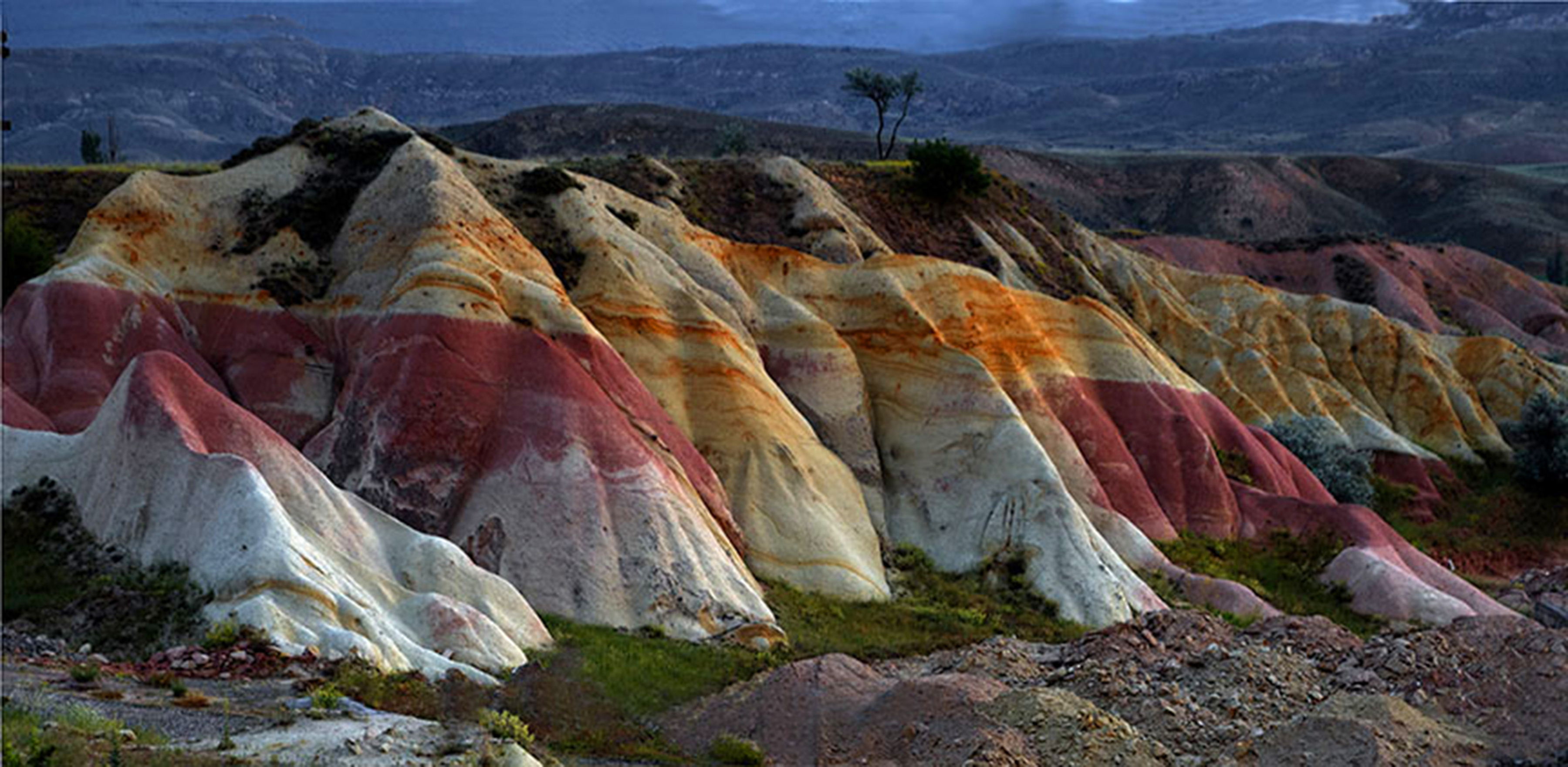
The striking pink, cream and yellow banding of the hills of Cappadocia looks almost otherworldly -
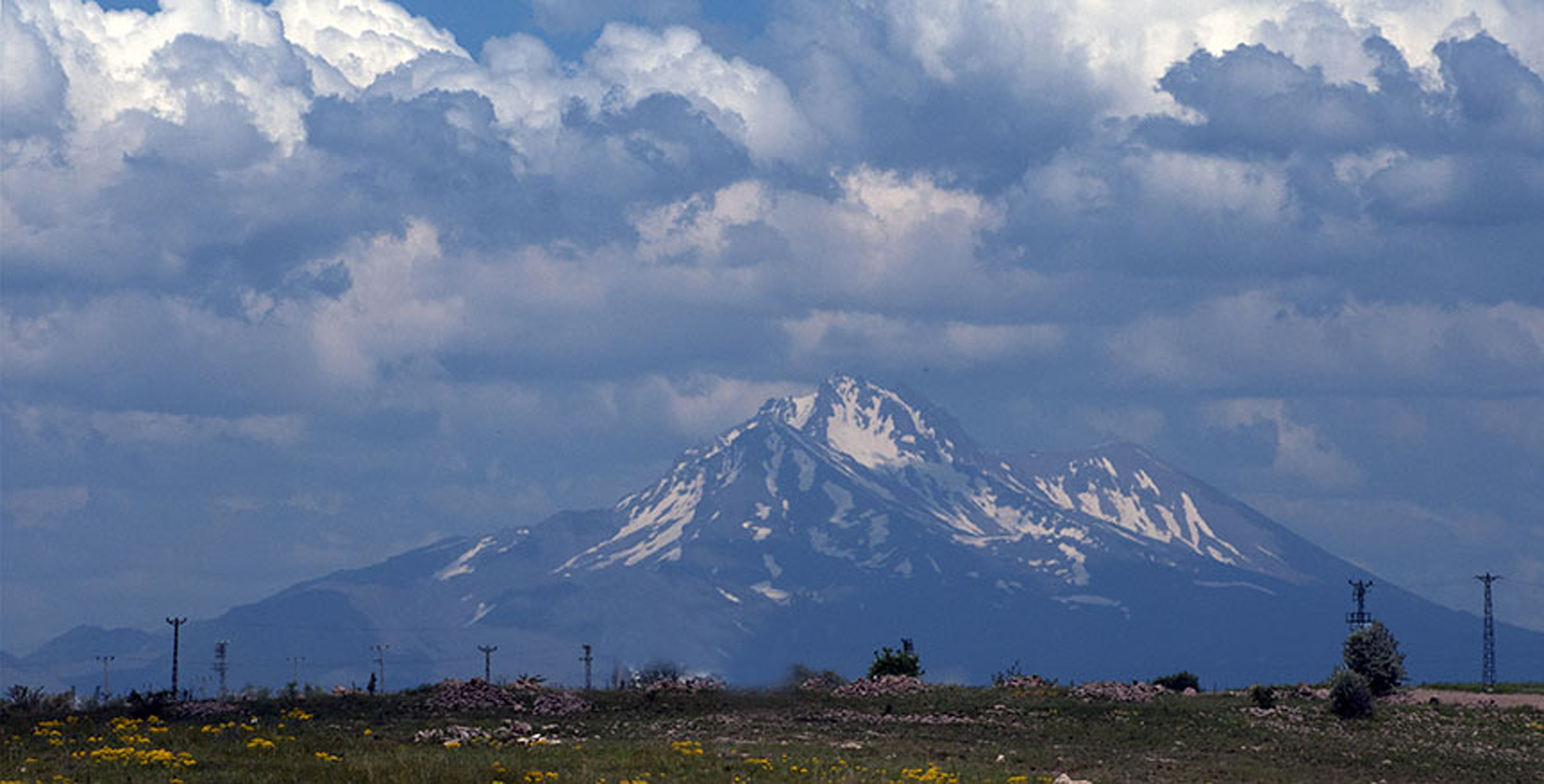
Mount Erciyes, Turkey's largest stratovolcano, created the alien landscape of Cappadocia millions of years ago -
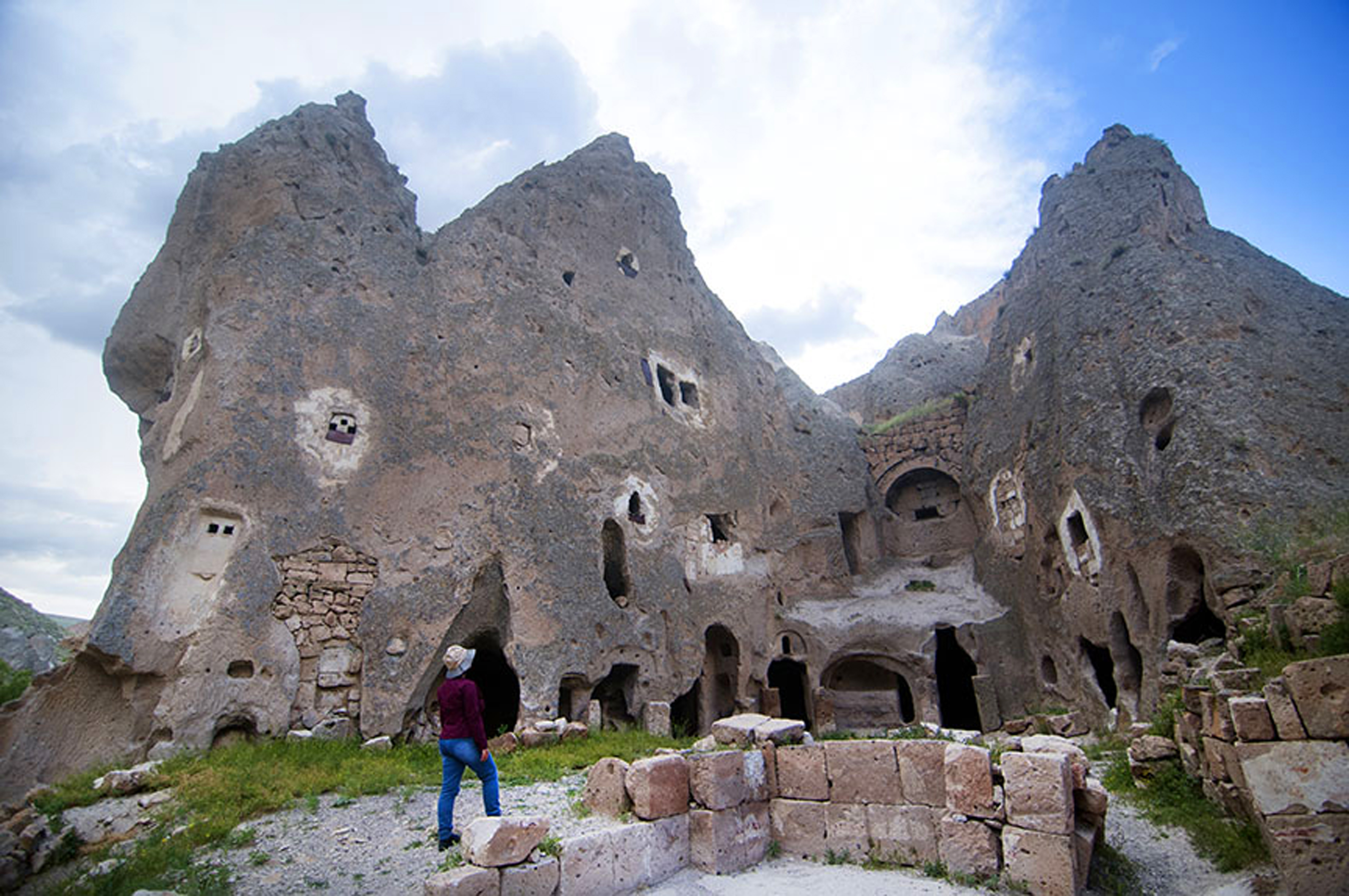
Some of the earliest settlements around Goreme date back to 1800 BC. For many centuries the inhabitants used the natural caves in these rock-hewn structures as their homes -
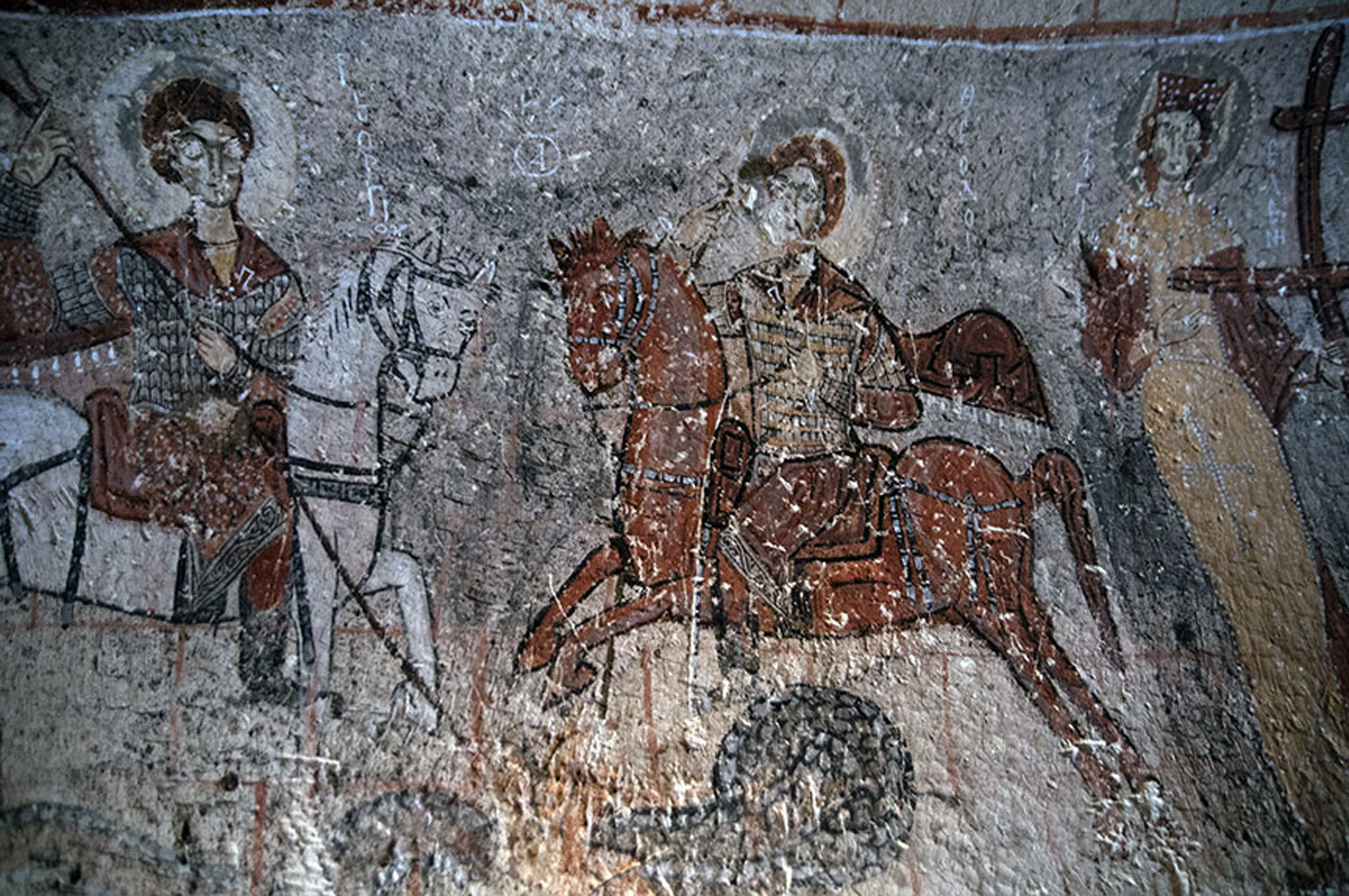
Goreme Open Air museum, a cluster of rock-cut chapels and cavern churches, is now a UNESCO World Heritage site. Here we see Byzantine frescoes inside one of the churches -
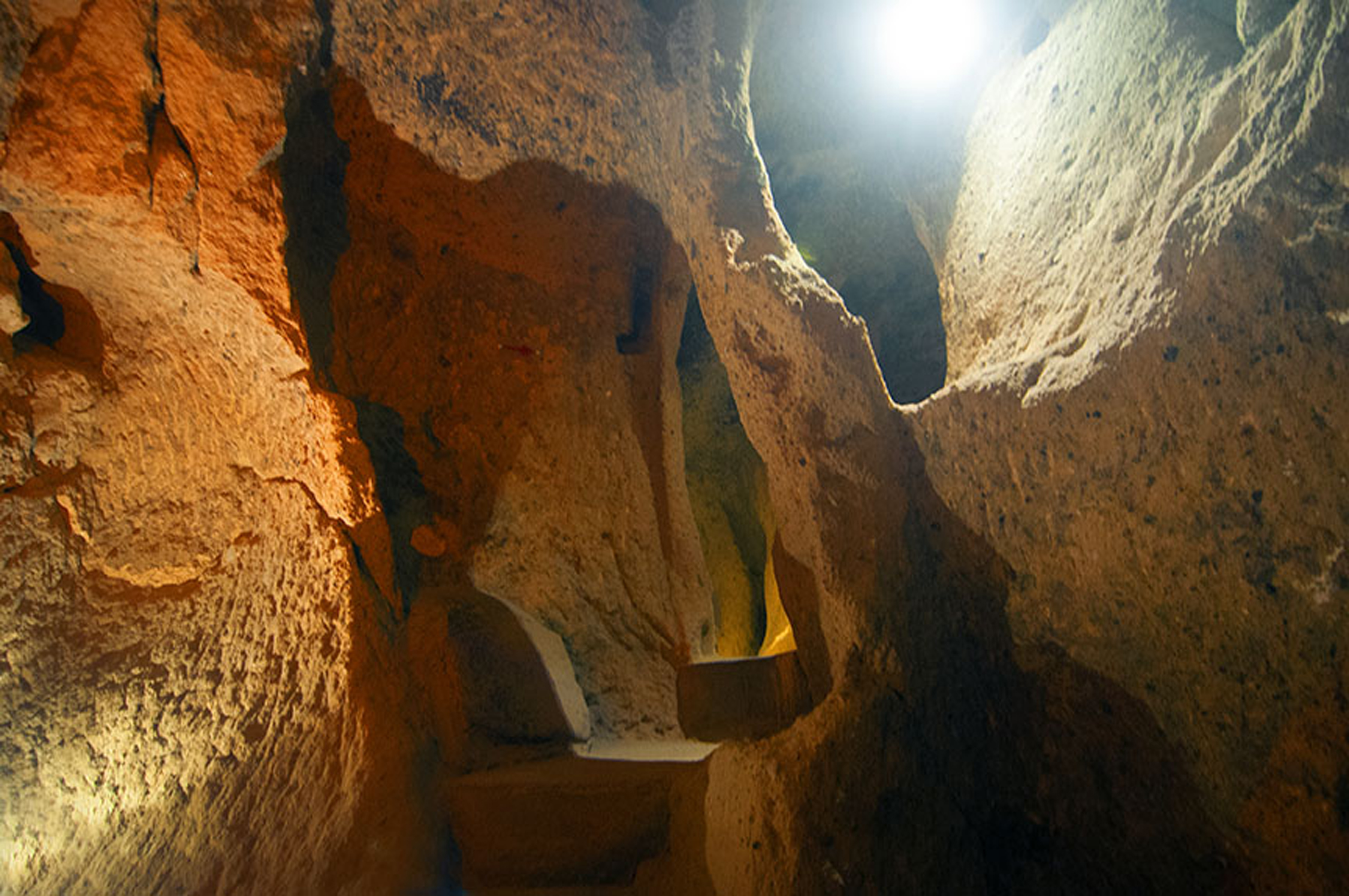
Kaymakli was a subterranean city in Cappadocia with eight underground levels that could house up to 10,000 people -
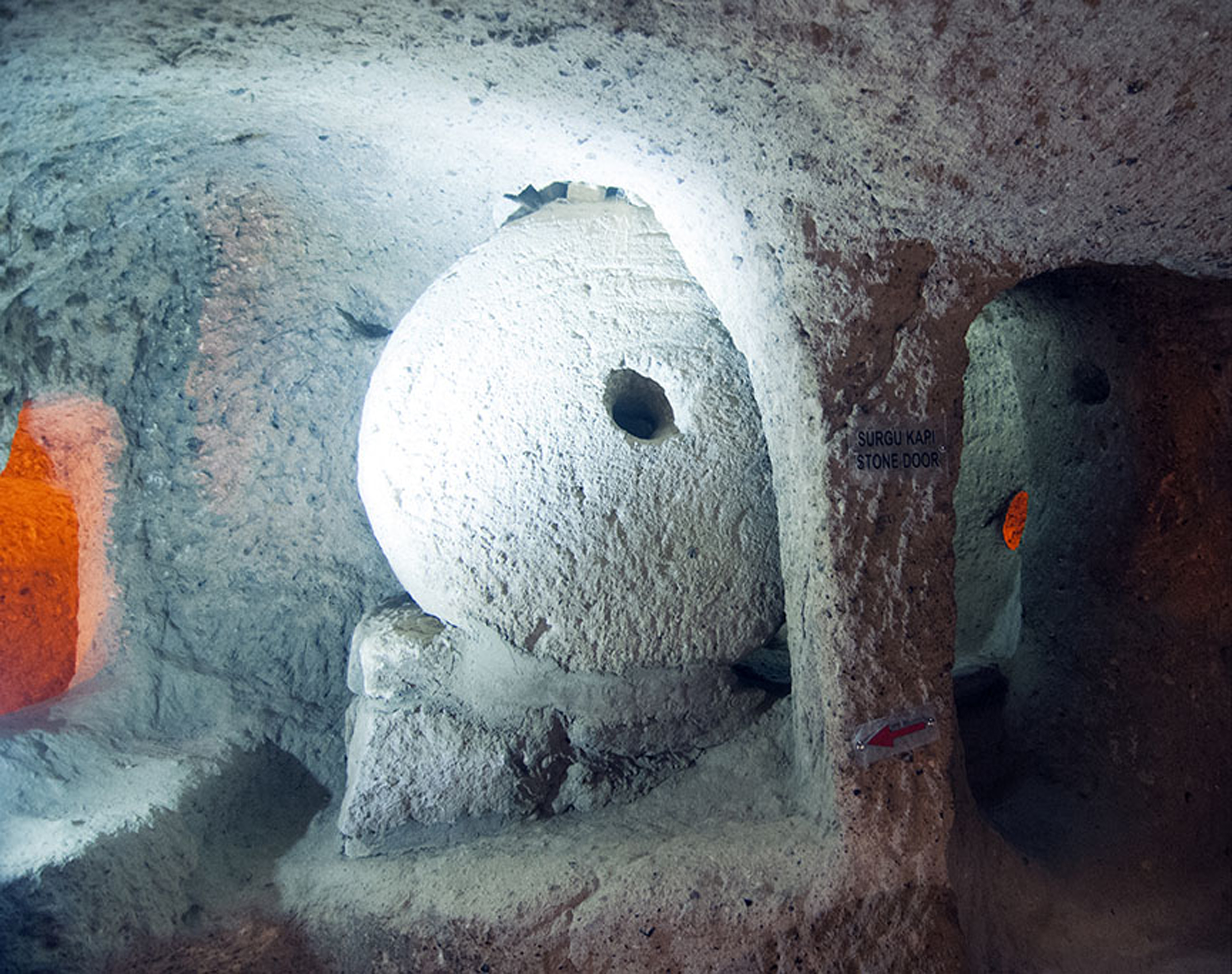
The aperture in the middle of the hefty rolling door provided a spyhole for the subterranean residents -
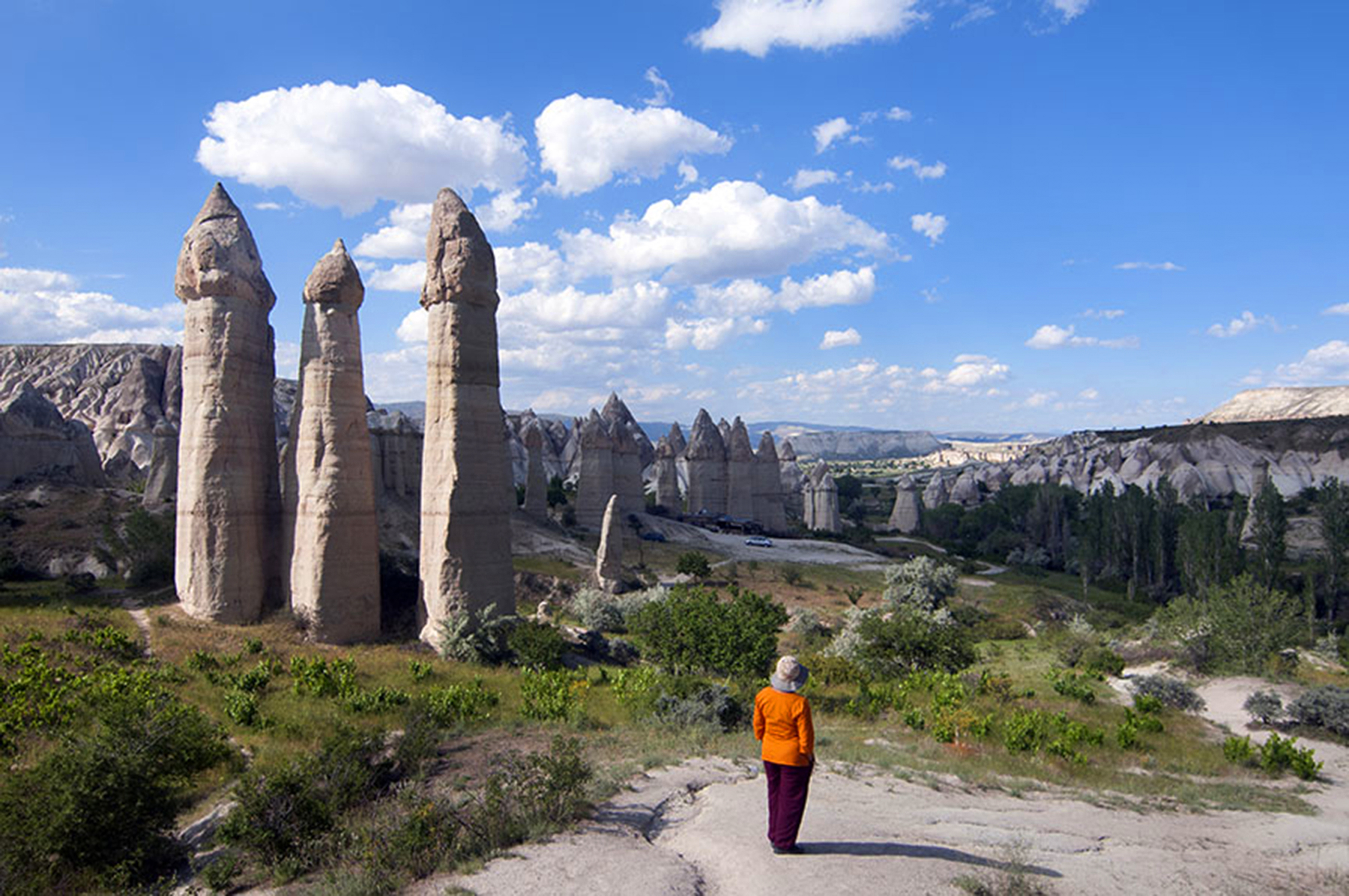
The lava flows formed tuff rock, which the wind and rain sculpted into winding valleys of craggy cliffs and conical 'fairies' -
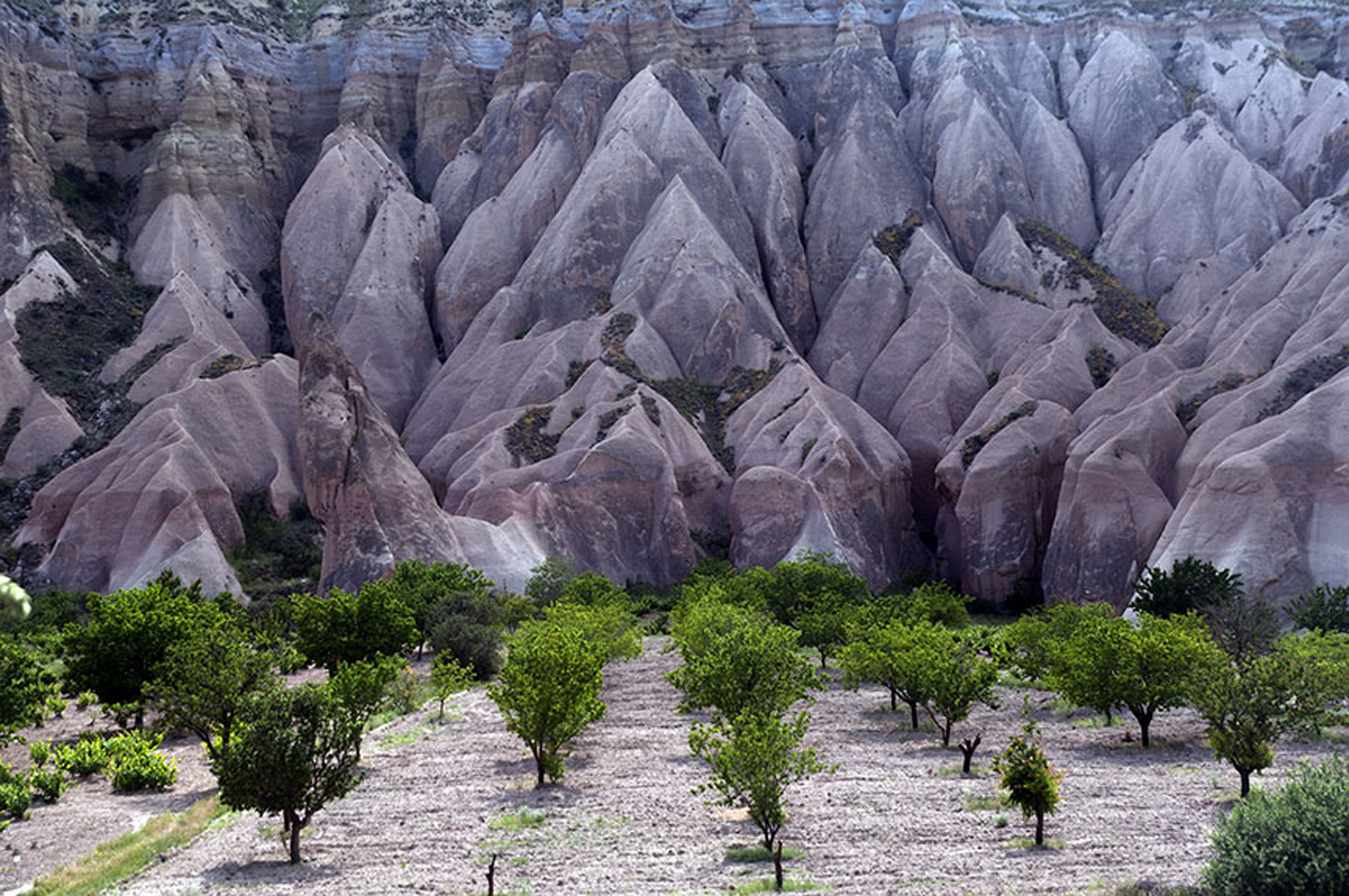
Apple orchards, juxtaposed with barren rock, make for a stark contrast in Cappadocia -
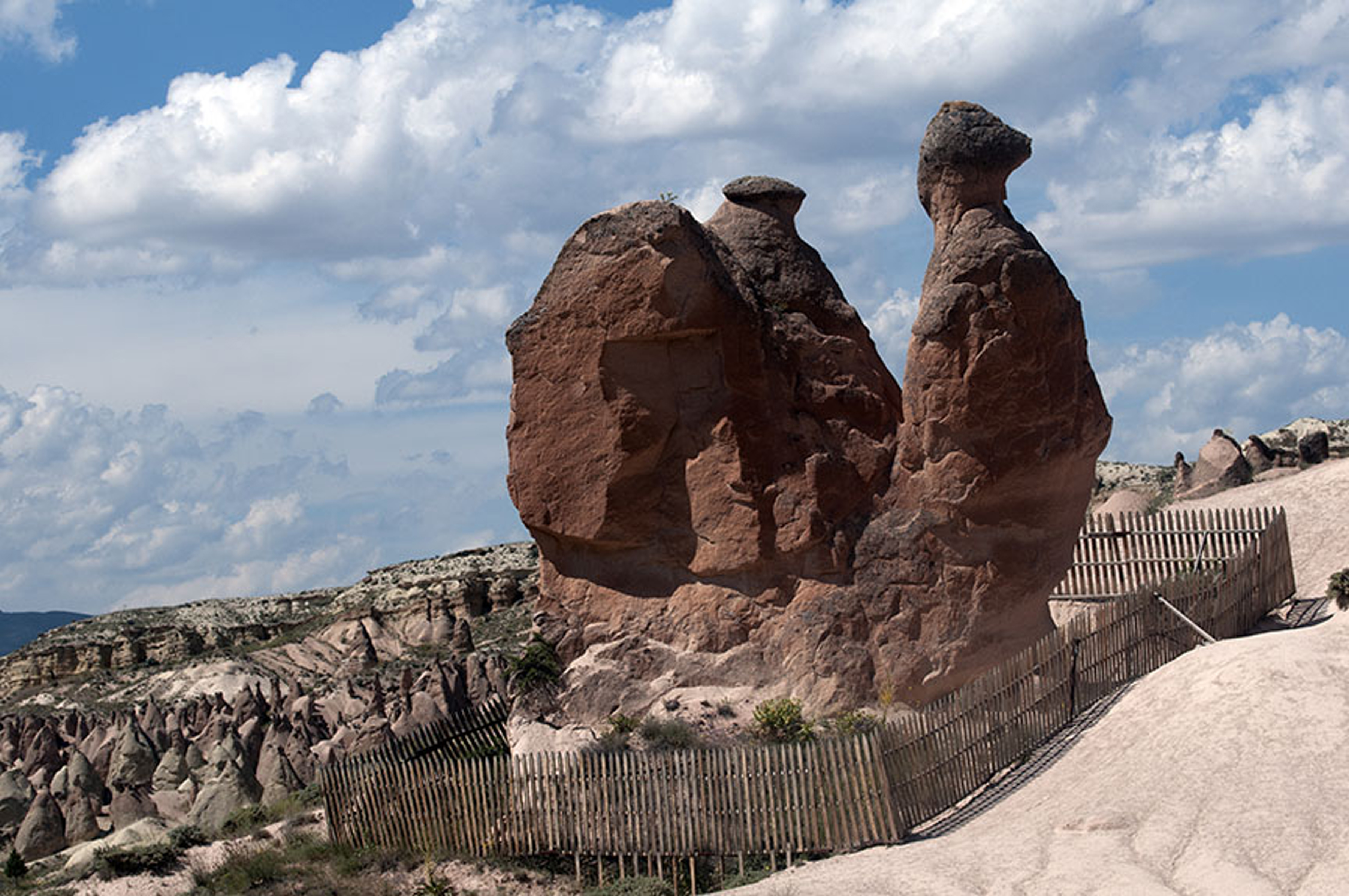
Devrent valley is strewn with myriad formations that resemble animals, such as this one, popularly known as the camel -
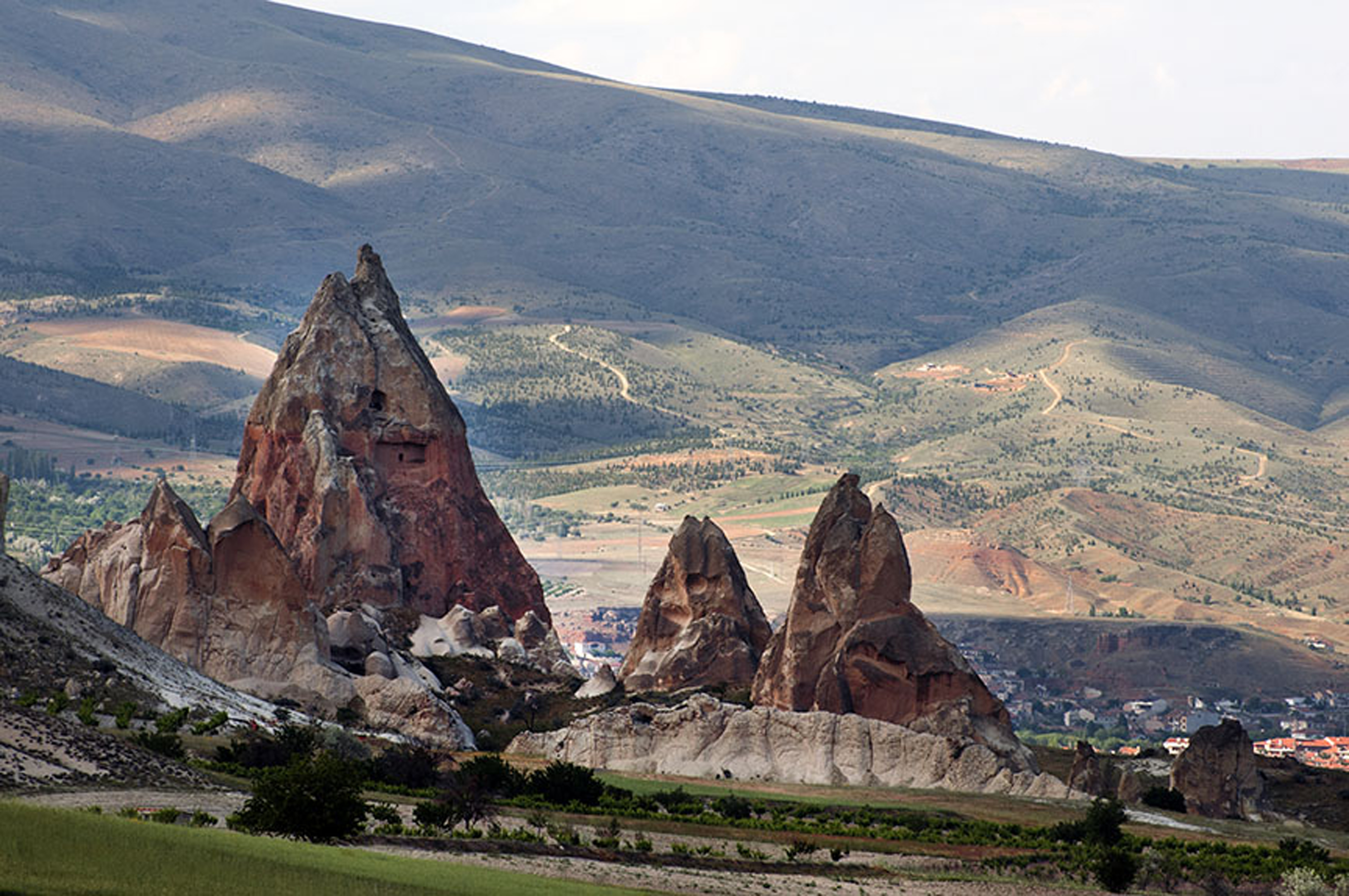
The almost lunar panorama viewed from the upper level of Uchisar castle, the highest point in Cappadocia, is spellbinding -

Balloons hovering above the volcanic spires and chimneys of the Cappadocian plains -
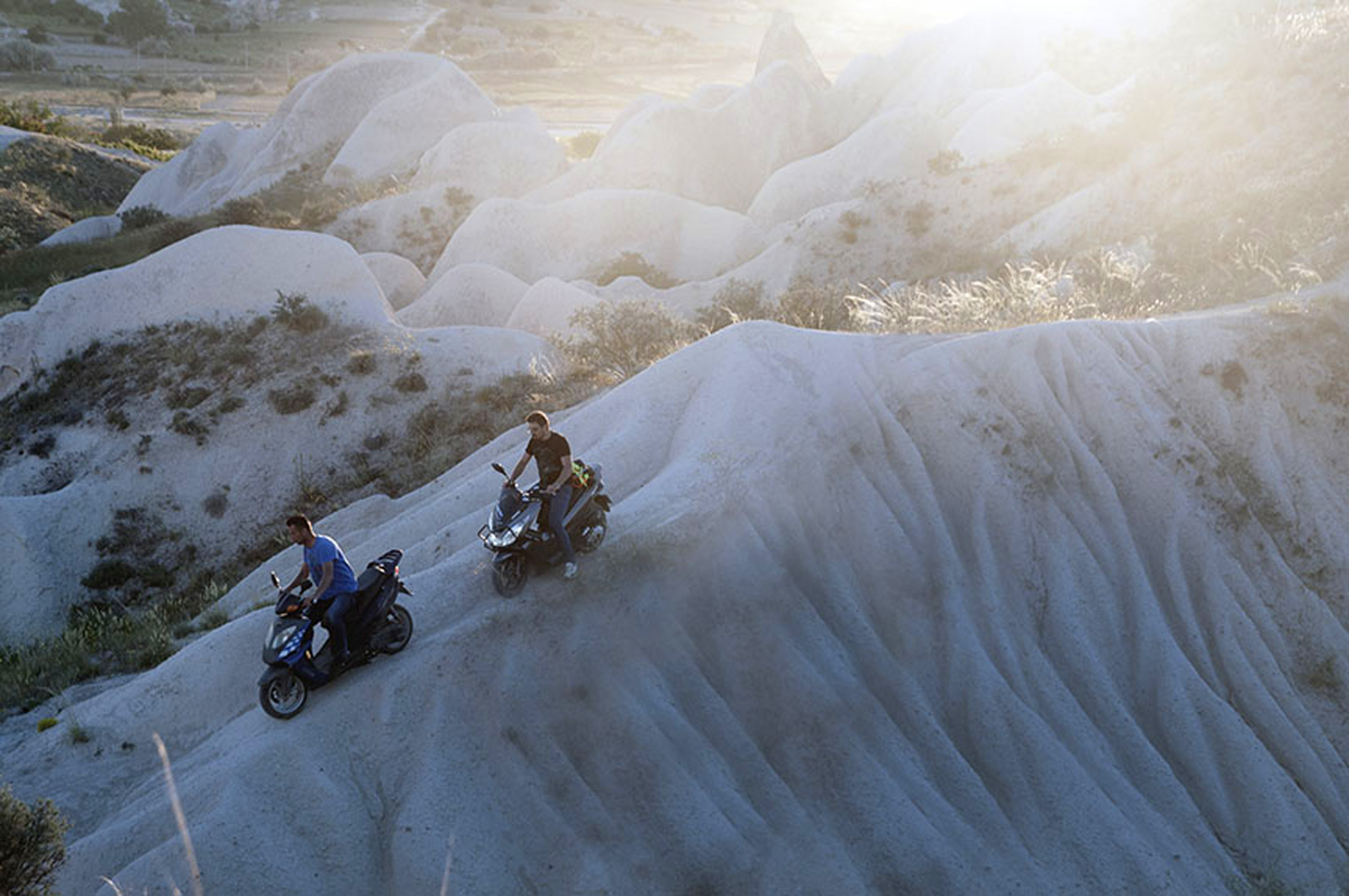
Another exciting way to explore this unique landscape is via motorbike -
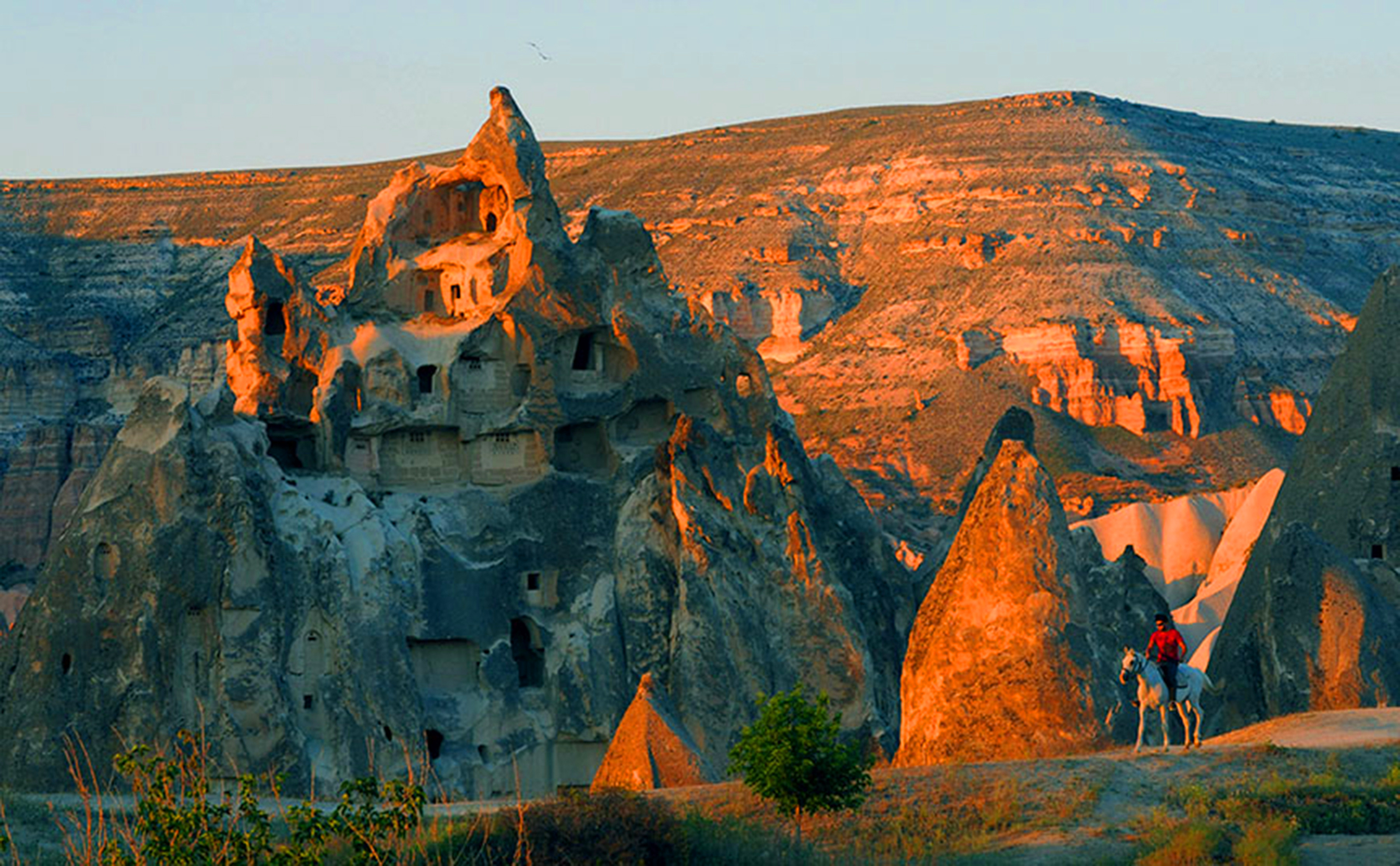
The name Cappadocia means 'Land of Beautiful Horses', an epithet most apparent in the rays of the setting sun
https://qantara.de/en/node/15745
Link
To all image galleries